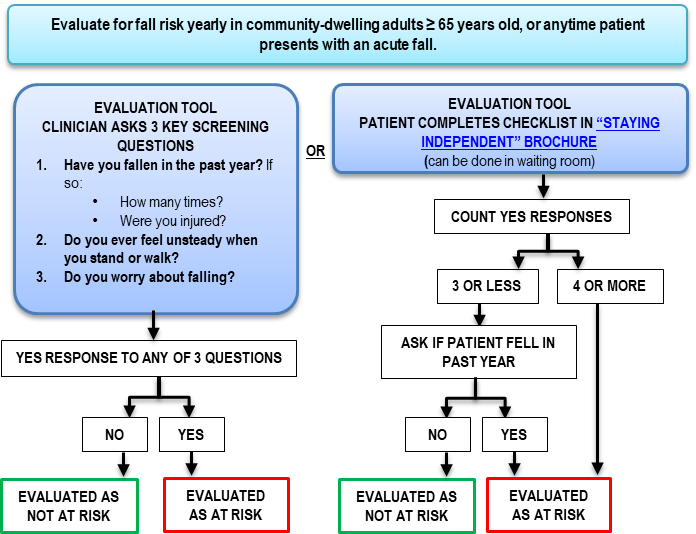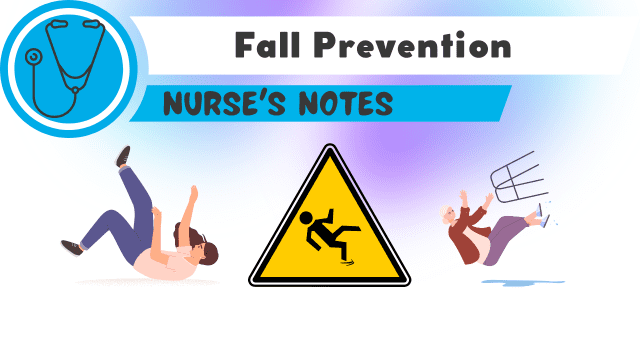Excitement About Dementia Fall Risk
Excitement About Dementia Fall Risk
Blog Article
Fascination About Dementia Fall Risk
Table of ContentsThe smart Trick of Dementia Fall Risk That Nobody is Talking AboutRumored Buzz on Dementia Fall RiskGet This Report about Dementia Fall Risk5 Easy Facts About Dementia Fall Risk Shown
A fall threat assessment checks to see exactly how likely it is that you will drop. The evaluation normally includes: This consists of a series of questions concerning your overall health and if you've had previous falls or troubles with equilibrium, standing, and/or strolling.Treatments are suggestions that might minimize your threat of falling. STEADI includes three actions: you for your danger of falling for your danger factors that can be enhanced to attempt to avoid drops (for instance, equilibrium issues, impaired vision) to minimize your threat of dropping by using effective approaches (for example, giving education and learning and sources), you may be asked a number of inquiries including: Have you dropped in the past year? Are you fretted concerning dropping?
After that you'll take a seat once more. Your supplier will examine the length of time it takes you to do this. If it takes you 12 secs or even more, it might indicate you are at higher danger for a fall. This examination checks stamina and balance. You'll rest in a chair with your arms crossed over your upper body.
Relocate one foot midway ahead, so the instep is touching the huge toe of your other foot. Move one foot completely in front of the various other, so the toes are touching the heel of your other foot.
The Definitive Guide for Dementia Fall Risk
Many drops take place as a result of multiple adding aspects; therefore, managing the threat of falling begins with recognizing the variables that add to fall danger - Dementia Fall Risk. A few of the most pertinent risk elements consist of: Background of previous fallsChronic clinical conditionsAcute illnessImpaired stride and equilibrium, reduced extremity weaknessCognitive impairmentChanges in visionCertain risky medications and polypharmacyEnvironmental aspects can additionally increase the danger for falls, including: Poor lightingUneven or damaged flooringWet or slippery floorsMissing or damaged handrails and order barsDamaged or incorrectly equipped tools, such as beds, mobility devices, or walkersImproper use assistive devicesInadequate guidance of individuals staying in the NF, consisting of those who exhibit aggressive behaviorsA effective autumn risk management program needs a complete medical analysis, with input from all participants of the interdisciplinary group

The care plan ought to likewise include interventions that are system-based, such as those that advertise a safe setting (suitable lights, handrails, order bars, and so on). The efficiency of the interventions should be evaluated occasionally, and the treatment plan changed as essential to show changes in the autumn threat evaluation. Applying an autumn risk monitoring system making use of evidence-based finest practice can decrease the occurrence of falls in the NF, while restricting the potential for fall-related injuries.
Some Known Factual Statements About Dementia Fall Risk
The AGS/BGS see this here guideline suggests evaluating all grownups matured 65 years and older for loss threat yearly. This testing includes asking patients whether they have fallen 2 or more times in the past year or sought clinical attention for a fall, or, if they have actually not fallen, whether they really feel unstable when walking.
Individuals who have fallen once without injury must have their equilibrium and stride reviewed; those with gait or equilibrium abnormalities ought to get added evaluation. A background of 1 loss without injury and without gait or balance issues does not call for additional analysis past continued annual fall threat testing. Dementia Fall Risk. An autumn threat analysis is required as part of the Welcome to Medicare assessment

Little Known Questions About Dementia Fall Risk.
Recording a drops read this history is one of the high quality indicators for loss prevention and management. Psychoactive drugs in particular are independent forecasters of drops.
Postural hypotension can usually be relieved by decreasing the dosage of blood pressurelowering medications and/or stopping drugs that have orthostatic hypotension as an adverse effects. Use above-the-knee assistance hose and resting with the head of the bed elevated might additionally decrease postural decreases in high blood pressure. The suggested aspects of a fall-focused physical evaluation are displayed in Box 1.

A yank time higher than or equal to 12 seconds recommends high loss threat. The 30-Second Chair Stand examination evaluates reduced extremity stamina and balance. Being incapable to stand from a chair of knee elevation without using one's arms indicates enhanced fall threat. The 4-Stage Balance examination assesses static balance by having the patient stand in 4 positions, each considerably much more difficult.
Report this page